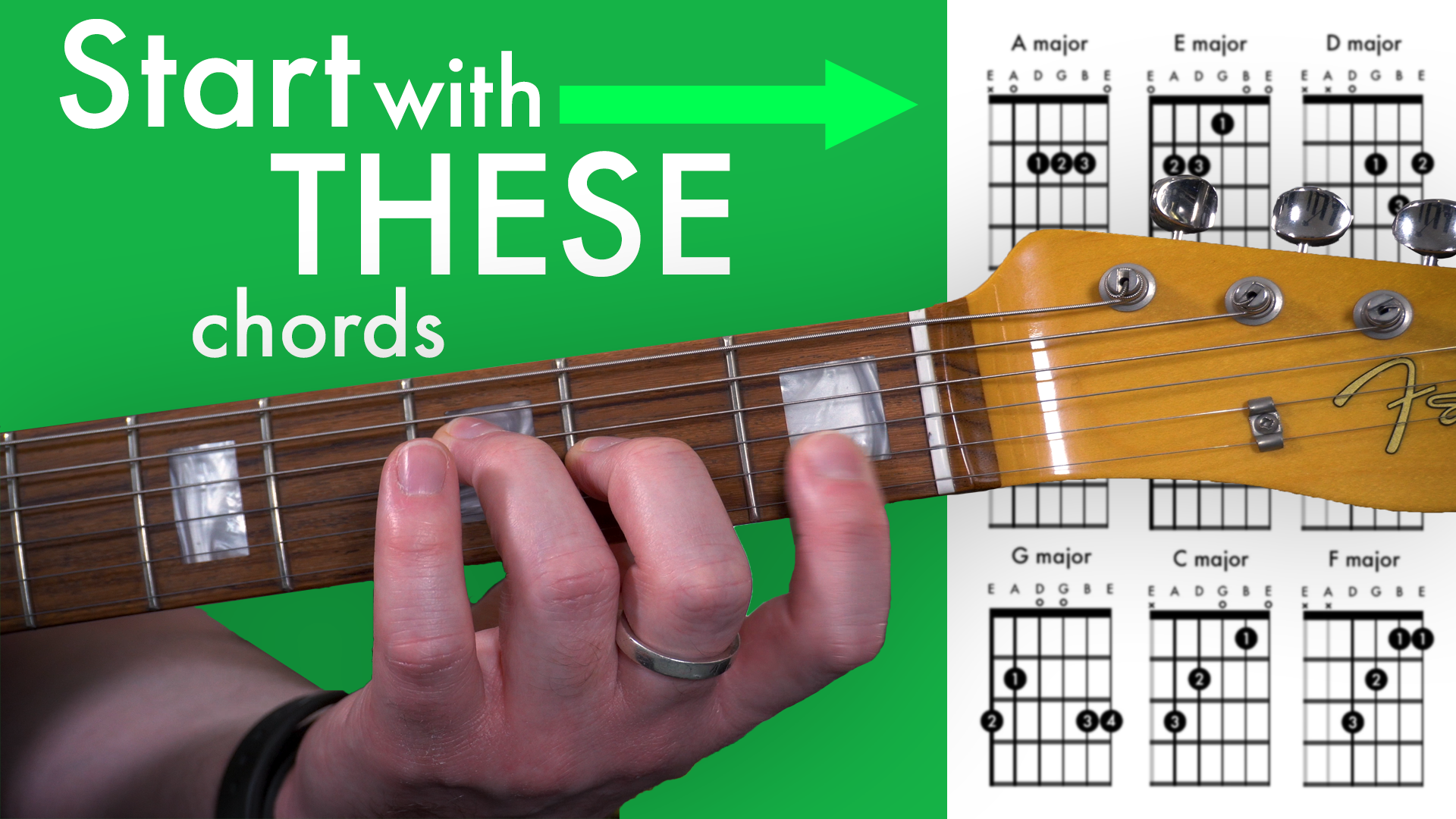Improve your stamina playing guitar solos
I remember when I learned how easy it can be to get caught up in the moment when you’re first starting out playing the guitar. I filmed myself so I could see how awesome my improvised guitar solos sounded.
Turns out they weren’t so awesome.
The awesome guitar solos I thought I was playing were nothing more than little licks with lots of space in between. Not the epic shredfest I’d performed in my imagination.
I needed to improve my soloing stamina.
What is stamina on the guitar?
Stamina on the guitar works the same way as it does when it comes to working out. It is what allows you to perform and exercise for longer periods of time while maintaining good technique.
If I asked a beginner guitarist to play a simple riff for five minutes on repeat without making a mistake, they would probably start to feel pretty nervous.
I wouldn’t be phased. But not because I’m a better player. I’ve just spent a lot more time developing my guitar-playing stamina.
I can go for longer without getting physically or mentally tired.
How to practice to improve your guitar-playing stamina
Stamina is a really important concept to keep in mind with all aspects of your practice.
I want you to think about someone working out at a gym. They might pick up a weight and lift it for 10 reps. Then they’ll stop and rest for a minute or two before picking up the weight to do another set of 10 reps. In total, they might do five sets of 10 reps. That’s 50 reps. They wouldn’t be able to do those 50 reps in one go with the size of the weight they are using! However, because they break up the total number of reps and give their body a chance to recover between sets, they are able to do far more total reps than they would otherwise be able to do in one sitting.
This is an idea we want to use in our guitar practice.
Let’s say you’re practising a guitar lick that you’re trying to get down. You probably won’t get physically tired, but you’re definitely going to get mentally fatigued if you don’t stop and take a breath between takes.
Give your mind a second to recover and reset.
Then start the lick again with your mind fresh.
If you just keep running it again and again and again without a pause, you’ll drain your stamina, get frustrated, and start making mistakes.
I’ve often seen beginner guitarists consider giving up because they might have been nailing a strumming pattern for one bar, but all of a sudden start having a ton of trouble trying to maintain the rhythm for four bars.
When you’re frustrated because it’s not working out, it can be easy to beat yourself up and start thinking you might not be cut out for playing the guitar after all. You could do it before. You thought they were making progress. Why does it all seem to be falling apart now? Maybe you don’t actually have a sense of rhythm after all.
If you don’t understand how stamina applies to learning the guitar, you won’t realise that this is completely normal!
You can’t go from not running at all to running a marathon overnight. And, you can’t go from never strumming a guitar to being able to play a whole song with no training.
It’s not that students experiencing this situation don’t have a sense of rhythm. They just might only have the stamina for one bar at the moment.
So just practice one bar while you’re developing your stamina. Then go to two bars. Build up your stamina as slowly and as carefully as you need to.
Remember, the point is for you to develop your skills on the guitar, NOT to learn the song as quickly as possible.
How to develop stamina in your guitar solos
When I realised that my solos were made up of short little phrases I decided I would practice playing indefinitely without stopping. It would most likely sound like trash, but that wasn’t the point. The point was to build my stamina so I didn’t just fizzle out after one quick lick.
I still think this is one of the best things you can do to improve your stamina while soloing.
You can do this with any scale or beat division you want. It doesn’t really matter what you play. What’s important is that you maintain whatever beat division you decide to use for as long as possible without stopping.
You might start by using eighth notes and your pentatonic pattern in one position. If you’re already confident with that you could try eighth notes triplets while moving through all five patterns. This principle can be applied to any scale or subdivision.
The most important thing is that you don’t stop.
Variations to practice
Once you’ve gotten good at just playing indefinitely without stopping here are a few variations you can try to make it harder.
If you’re practising with multiple positions, try using no more than three strings before switching to another position. This will force you to think about moving horizontally around the neck.
Think about targeting certain notes or chord tones on key beats. Playing non-stop means there isn’t any variation in the rhythm, but this doesn’t mean you use harmonic and melodic tools to create structure and variation.
Try practising using a pair of strings. This will force you to move horizontally within the very limited context of specific string sets.
There are probably endless variations you could do to limit yourself with this exercise and force creativity.
Leave a comment if you can think of another great variation you could do with this exercise.



A guitarist who has learned all the notes on the fretboard: Can more effectively learn scales and chords; Has a better understanding of keys, intervals, and scale degrees; Is able to more easily memorise songs; Has a greater capacity to understand music theory; Is more effectively able to develop their aural skills; Gets ‘lost’ far less frequently when they are improvising on the guitar.